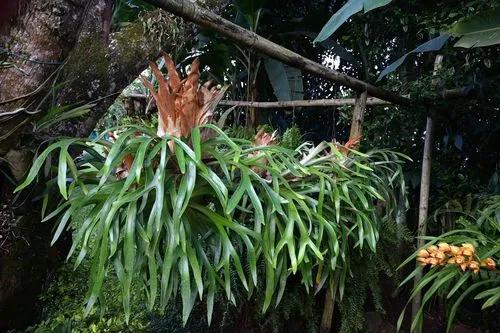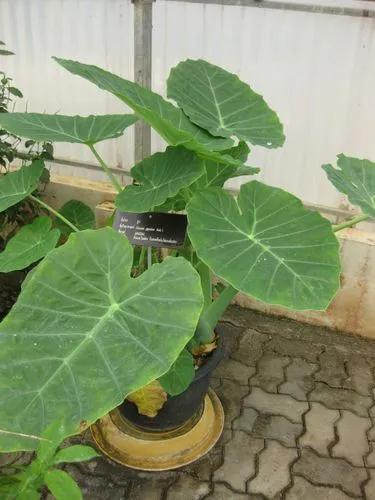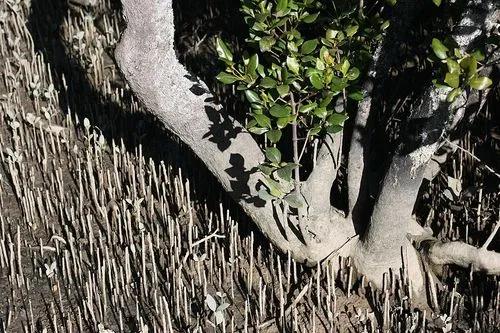Persian Shield (Strobilanthes dyeriana) is a flowering plant from the Acantháceae family. Its homeland is Myanmar (Burma) and Madagascar. Gardeners and plant enthusiasts appreciate this greenie for its high decorativeness and grow it worldwide.
Persian Shield Care
Strobilanthes dyerianus



Strobilanthes dyeriana is an evergreen shrub. It reaches up to 3 feet (1m) in height. The plant has oval leaves with a long pointed tip, up to 12 inches (30 cm) long and 4 inches (10 cm) wide. Young leaves are silvery purple along the veins, dark green along the edge, and purple underneath. With age, the foliage loses its purple color. The Persian Shield plants flower in summer.
How to Care for the Plant

Water

Strobilanthes dyeriana needs abundant watering. You can water the flower three to four times a week in summer. In winter, the frequency of watering should be reduced. The soil should not remain dehydrated for a long time. However, the growing medium should dry out between waterings. Try to avoid stagnant water.

Pruning

To form a beautiful, neat bush, you should pinch the plant regularly. Determine the main trunk, and create a crown around it by pinching. Don't prune your Persian Shield plant in winter and at the beginning of the growing season.

Fertilizer

During the growing season (spring-summer), regularly feed Strobilanthes dyeriana with a complex fertilizer with high potassium and low nitrogen content. This is important to preserve the decorative colors of the foliage. You can fertilize your plant every week.

Sunlight

Persian Shield grows well in bright, diffused light. It does not tolerate direct sunlight on hot days. However, with a lack of light, the color of the leaves may be lost. Place your green pet next to an east-facing window.

Soil

You need to choose loose and porous soil, neutral or slightly acidic (5.5 to 7.5 pH). You can use a universal potting mix. Add some perlite for looseness and charcoal for disinfection. It will help to prevent root rot and the spreading of bacteria.

Propagation

Persian Shield propagates by cuttings. Choose cuttings with knots for better rooting. The soil should be enriched with nutrients, wet sand, and peat. After planting, cover the cuttings with foil. Keep planted cuttings at high air temperature. After a couple of weeks, they will grow roots.

Temperature

Strobilanthes dyerianus enjoys temperatures of about 72-77°F (22-25°C) in the summer. In winter, it is also necessary to provide the plant with some warmth of about 61-64°F (16-18°C). If the air temperature is significantly lower, the growth rate slows down. The plant does not tolerate frost and cold drafts.

Container

You can grow Persian Shield outdoors in a flower bed or container. You can also cultivate it as a houseplant. When choosing a pot, you need to remember that the plant grows wide with age, so consider getting a stable roomy container.

Fun fact

Strobilanthes dyeriana does not produce flowers until the branches are long enough. Therefore, if you want to achieve flowering, you should limit pinching.

Popularity

2,090 people already have this plant 458 people have added this plant to their wishlists
Discover more plants with the list below
Popular articles






